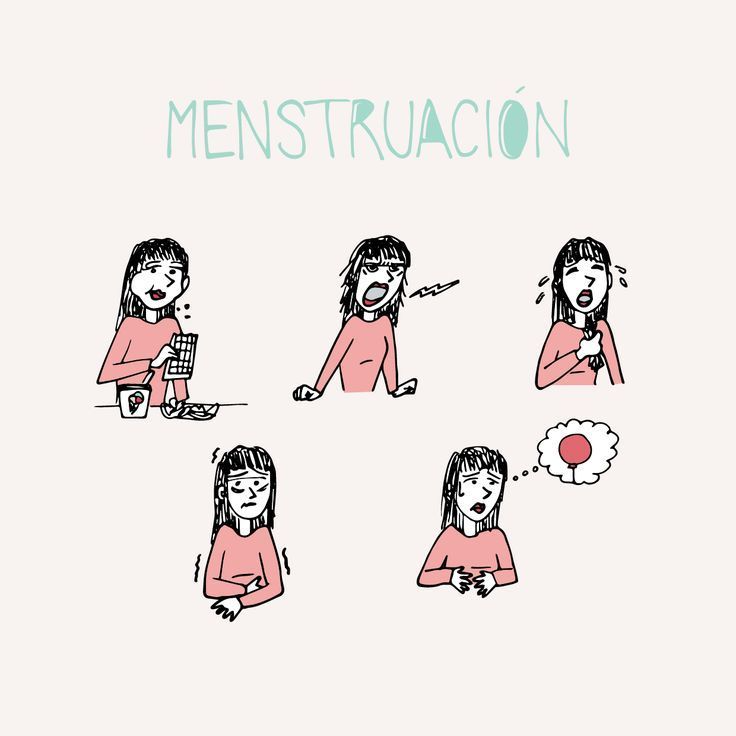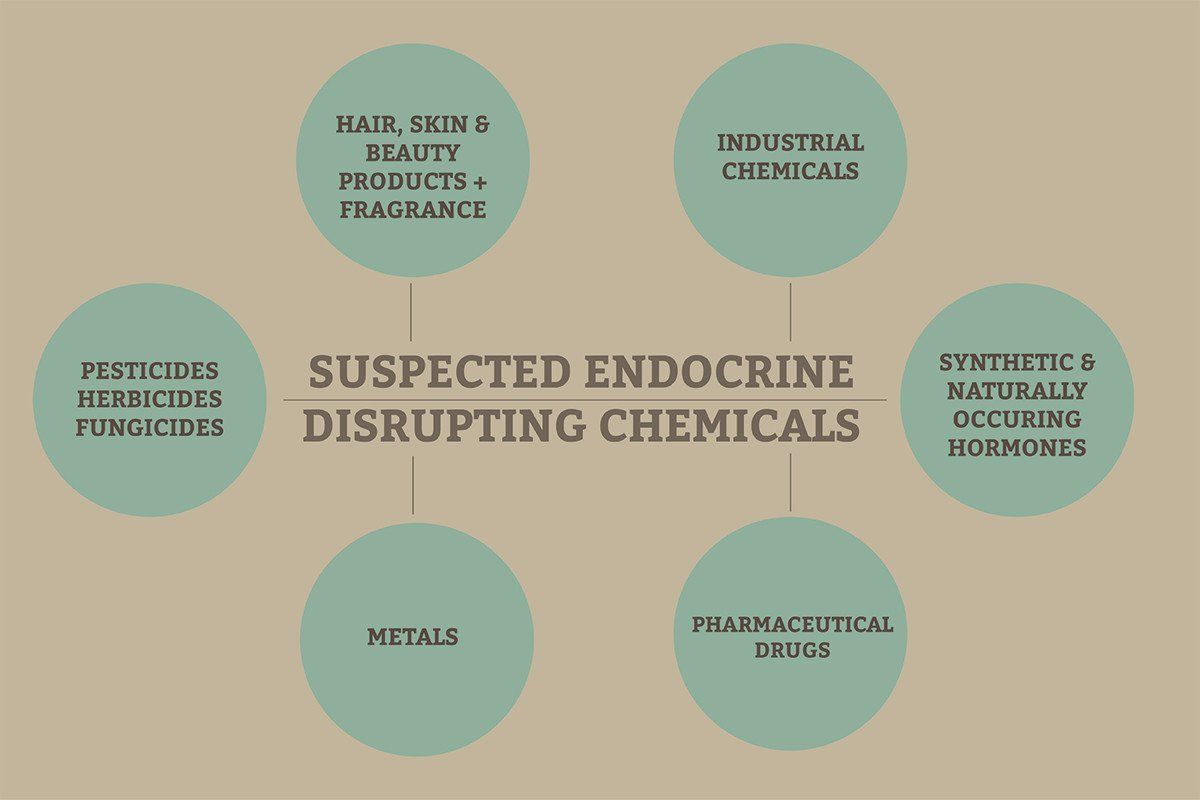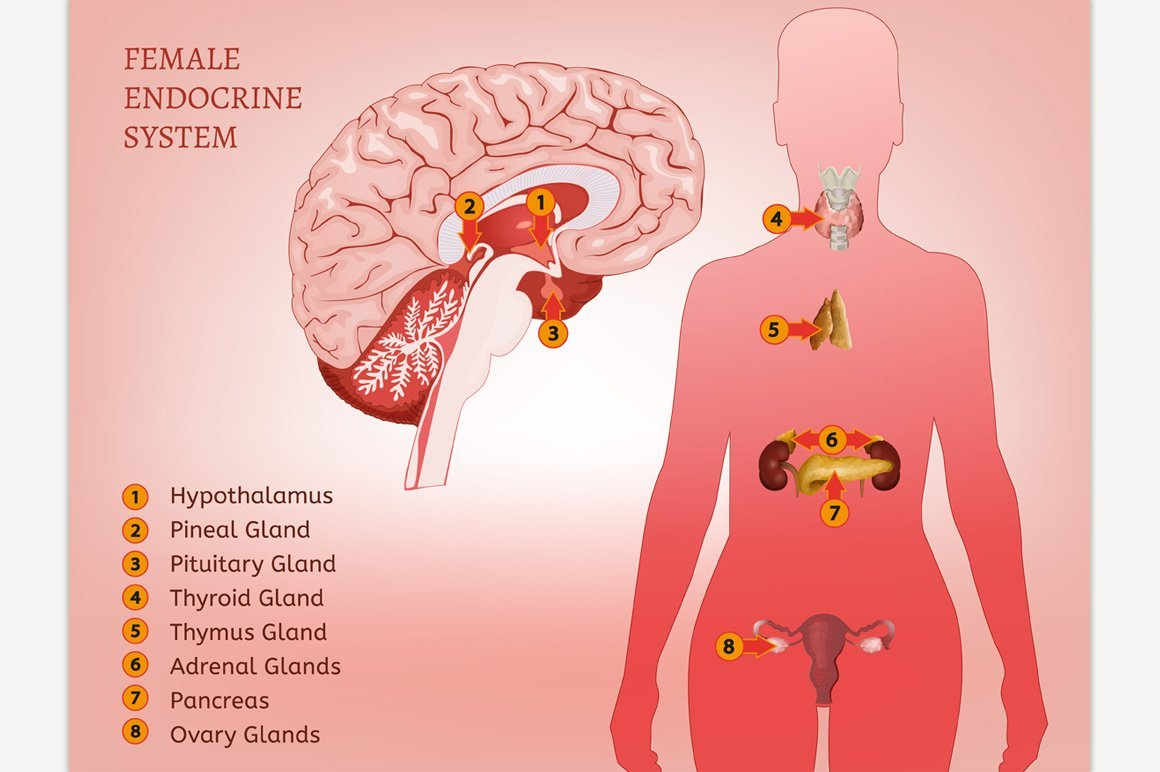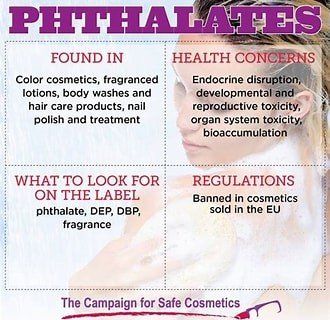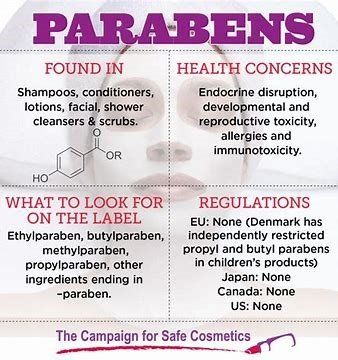Happy Hormones....stop disrupting the balance

Happy Hormones....stop disrupting the balance
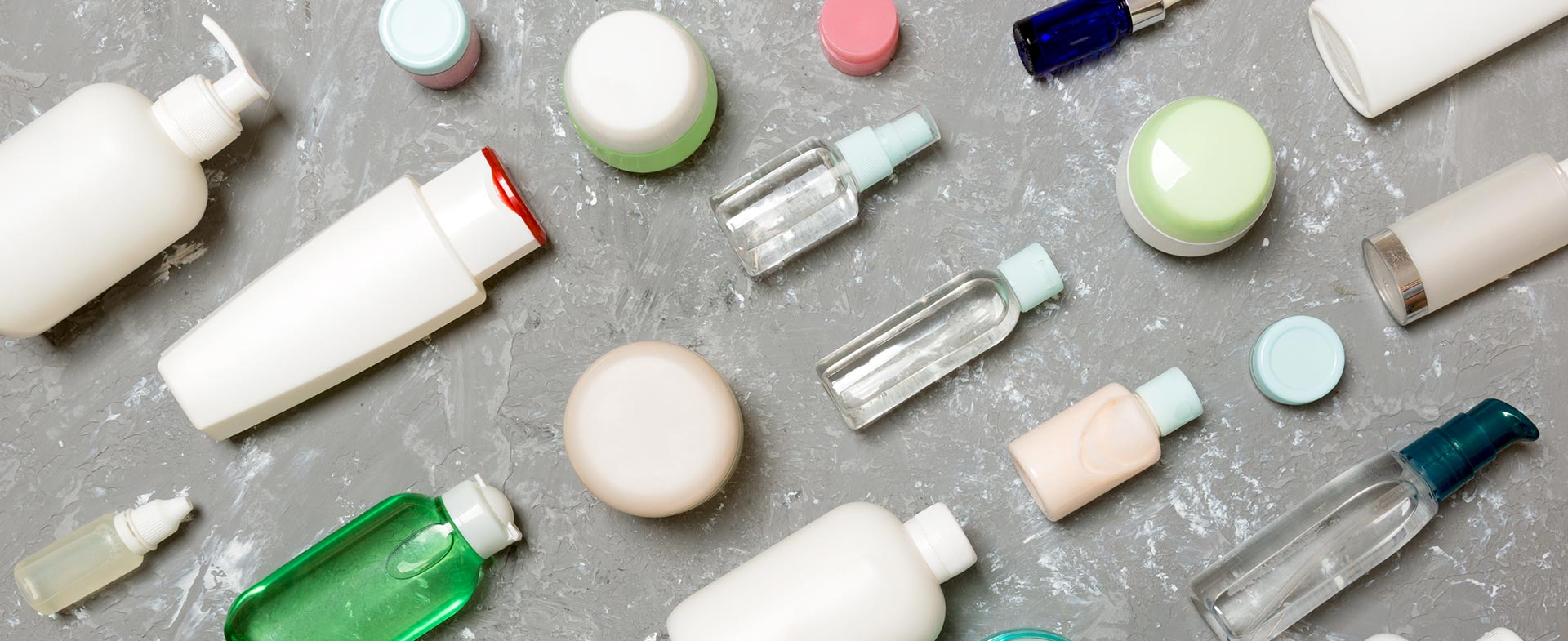
Having my fourth child, and healthy baby boy, completed our family. And it’s a good thing that we had decided to not have anymore, because my body seemed to just fall apart. I ate a balanced diet, didn’t drink sodas, coffee, or alcohol, and never had a puff of anything. I took Vitamin D daily and drank my moringa daily. So why did I such severe brain fog I couldn’t even do my household budget. I was so tired, I would fall asleep if I sat down. I woke up nightly drenched in sweat. I was 38 and my labs showed I was in menopause, 10 years too early. Did all of this really happen what seemed like overnight? Was this really pregnancy induced?
Let’s go back to the beginning…
Shampoos and body washes were nothing fancy. We took care of our skin with the inexpensive, highest quality personal care products—Dove, Vaseline, and Clearasil, used daily. Again, it wouldn’t be on the market if it harmed us.
And so you do what you know, and you continue living your life as you were taught. We wanted a beautiful yard, so we sprayed it with products at the advice of my parents. Nothing was different than what I had been taught.
It wasn’t until I stumbled upon a natural company that taught things differently that I realized there was more to learn.
I don’t take things at face value so I did my own research. And WOW! The evidence is impossible to dispute. And what I learned is that hidden within our convenient and economic lifestyle, are chemicals, hundreds and thousands of synthetic chemicals that have not even been tested!
Not only have they not been tested individually, but there’s no testing done with how they react when placed together. So for the name of convenience and the almighty dollar, our bodies are accumulating synthetic particles that the body doesn’t even know how to process, Burdening our detoxification system and bio accumulating in our tissues.
Let’s first understand what the endocrine system is
The endocrine system is the system in the body that regulates a large range of biological process in the body. It consists of hormones, glands, and receptors. Endocrine glands produce, store, and release hormones and send them through the bloodstream to specific organs and tissues in the body. These glands are located throughout the body and release hormones with different functions.
The hypothalamus, while not always considered a gland, is a part of the brain that has functions in the endocrine system. It produces hormones that control the pituitary gland and is involved in functions such as the sleep-wake cycle, regulating body temperature and emotional response, and controlling appetite. Issues with the hypothalamus may lead to unexplained weight changes, infertility, body temperature fluctuations, delayed onset of puberty, insomnia, and other conditions.
The pituitary gland, located below and regulated by the hypothalamus, makes hormones produced by the hypothalamus and creates its' own. The hormones it produces generally affect mood, growth, and reproduction. It also produces hormones that stimulate other hormones.
The pineal gland, located in the brain, is a gland that produces melatonin. Melatonin regulates sleep and has a role in the regulation of female hormones and can affect fertility
The thyroid gland, located in the neck, produces hormones that control metabolism, growth and development, digestion, menstrual cycles, and more. These hormones help regulate adrenaline and process proteins and other nutrients. Signs of thyroid problems include fast or slow heart rate and palpitations, anxiety and depression, weight issues, muscle weakness, irritability, memory problems, fatigue, dry skin and hair, irregular menstruation, intolerance to cold, and more.
The thymus gland is a lesser known endocrine gland that is located behind the sternum and in front of the heart. It produces hormones that are involved in immune system functions. It also is known to produce the growth hormone.
The adrenal glands, found on top of the kidneys, are each made up of two different glands. The cortex is the outer region of the adrenal gland and produces hormones such as cortisol and DHEA (a pre-hormone). The inner region is the adrenal medulla which produces hormones that are part of the fight or flight response- epinephrine and norepinephrine.
The pancreas, located behind the stomach, has functions in the digestive system and endocrine system. It produces hormones, insulin and glucose, that regulate blood sugar. Regulation of blood sugar is essential to the functioning of other organs in the body.
The gonads, the testes in males and ovaries in females, produce hormones that affect development and regulate reproductive cycles. These glands are generally regulated by hormones produced by the pituitary gland.
When any of these hormones or glands experience disruptions or irregularities, the entire body can be thrown out of homeostasis and experience a large range of symptoms, disorders, and diseases. We come into contact with chemicals and products that interfere with our endocrine system on a daily basis. These chemicals are known as endocrine disruptors. Other countries have banned many of these chemicals due to their known harmful effects. In Europe, many chemicals are banned "due to the evident strong toxic effects on reproduction". Some of these chemicals (called endocrine disrupters) include phthalates, bisphenol A (BPA), DDTs, parabens, and heavy metals, among others. We will dive into more detail on a few of these endocrine disruptors in this post.
Let's address two of the most common.
Phthalate
Phthalate (tha-lāt): any of various salts or esters of phthalic acid used especially as plasticizers and in solvents. These are chemicals used to make products softer and more flexible. They are found in toys, detergents, personal care products, water bottles and soda cans, and hundreds of other products we use and come in contact with daily. They are known to interfere with our hormones and endocrine system but they can affect every system of our bodies.
Some of the most common effects of phthalates are disruptions and disorders of the reproductive system. Children exposed to phthalates during the prenatal period can experience brain damage, neurological disorders, interferences in the development of the reproductive organs, and other developmental disorders. Exposure can also cause premature birth, preeclampsia, maternal glucose issues, delays in fertility, and pregnancy loss.
Phthalates affect other parts of the body as well. They can disrupt metabolism and have been linked to obesity and increased risk of diabetes. Phthalate exposure is also associated with cognitive disabilities and ADHD. Allergies, asthma, and cancer risks also increase with exposure to phthalates. Thus, phthalates can contribute to many of the disorders we see as common.
Sadly, phthalates are everywhere . They may be listed on products as phthalate, DEP, DBP, and fragrance. Nearly all lotions, soaps, hair care products, and other personal care items contain phthalates and are generally listed as fragrance. So how can we avoid phthalates? For one, awareness of the effects of phthalates can lead us to avoid products with phthalates in them. They can be avoided by switching to phthalate-free personal care products, removing synthetic fragrances, reducing plastic used to store and eat food, and reducing plastic in the home. Through knowledge and a little extra time, phthalate exposure and risks can be reduced.
Parabens
Parabens are compounds used as preservatives in cosmetics, pharmaceuticals, and food. The most common source of parabens are personal-care products. The are founds in shampoos, conditioners, moisturizers, face cleaners, sunscreen, deodorant, toothpaste, and makeup. Although parabens are generally absorbed and excreted, daily use can cause a build-up in the body and lead to adverse health effects. Like a house with a small water leak, it may not be noticed at first but eventually the whole house can be affected.
Parabens have a great effect on the human endocrine and reproductive systems. They not only disrupt the production of hormones but also imitate estrogen to interrupt the body's natural function. This can cause infertility and decreased fertility in men and women. Parabens also increase the risk of pre-mature birth and decreased birth weight. Parabens also are known to cause cancer, especially breast cancer. In fact, 99% of breast cancer tissue contained parabens. Certain parabens that were considered safe have now been discovered to switch on cancer genes and increase breast cancer risk and growth. Parabens have also been linked to allergies and thyroid problems.
So how can we avoid or reduce our exposure to phthalates and parabens?
Primarily, look for personal care products that are paraben and phthalate-free. Being aware of the effects of phthalates and parabens can lead us to avoid products with phthalates and parabens in them. They can be avoided by removing synthetic fragrances, reducing plastic used to store and eat food, and reducing plastic in the home. Through knowledge and a little extra time, phthalate exposure and risks can be reduced.
I use Young Living personal care products which are paraben-free, phthalate-free, and do not contain any harsh chemicals. They use no synthetic fragrances and only the highest-quality essential oils, so there's no need to worry about being exposed to endocrine disruptors. I prefer the one stop shopping and the subscribe and save option. I am a brand partner with Young Living. If you would like my guidance and ready to try Young Living out and receive up to a 49% savings, click here. Need more information before getting started, email me here.
Today, I'm 5 years older, reversed my menopause and hypothyroidism, sleep peacefully and regained my mental clarity and creativity. The first step for me was eliminated the disruptions. Secondly, I used kinesiology to clean, clear, restore and replenish my body. Now, I maintain with proper nutrition, clean eating, safe products and periodic detoxing. Stay tuned for future blogs on proper detoxification.


